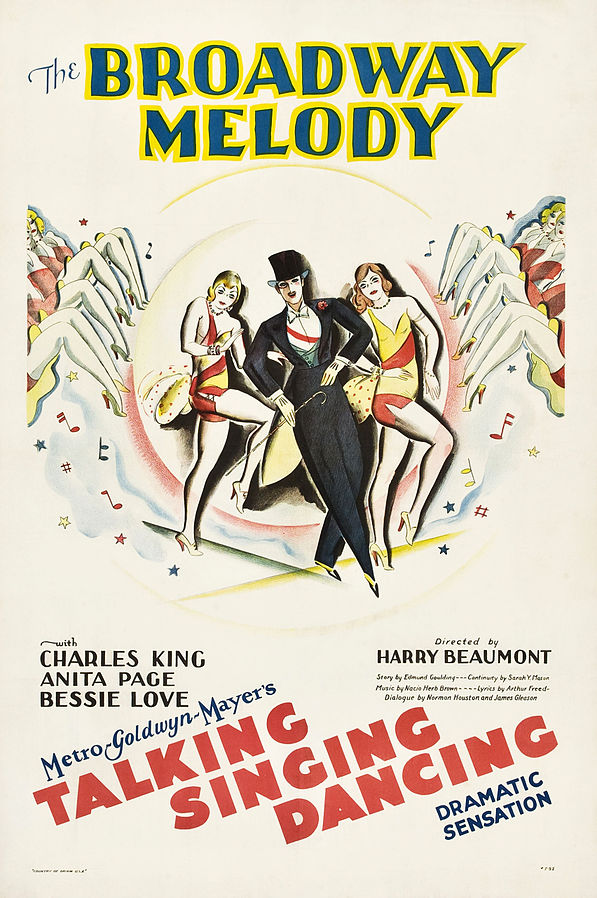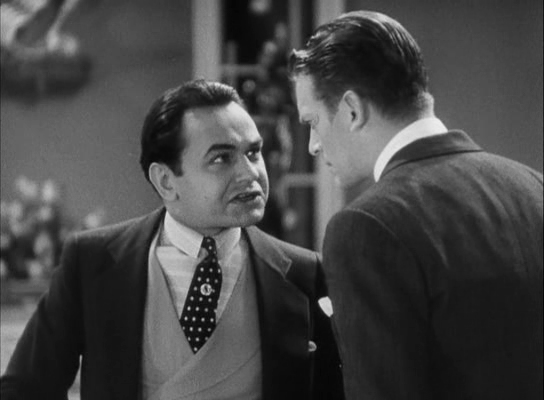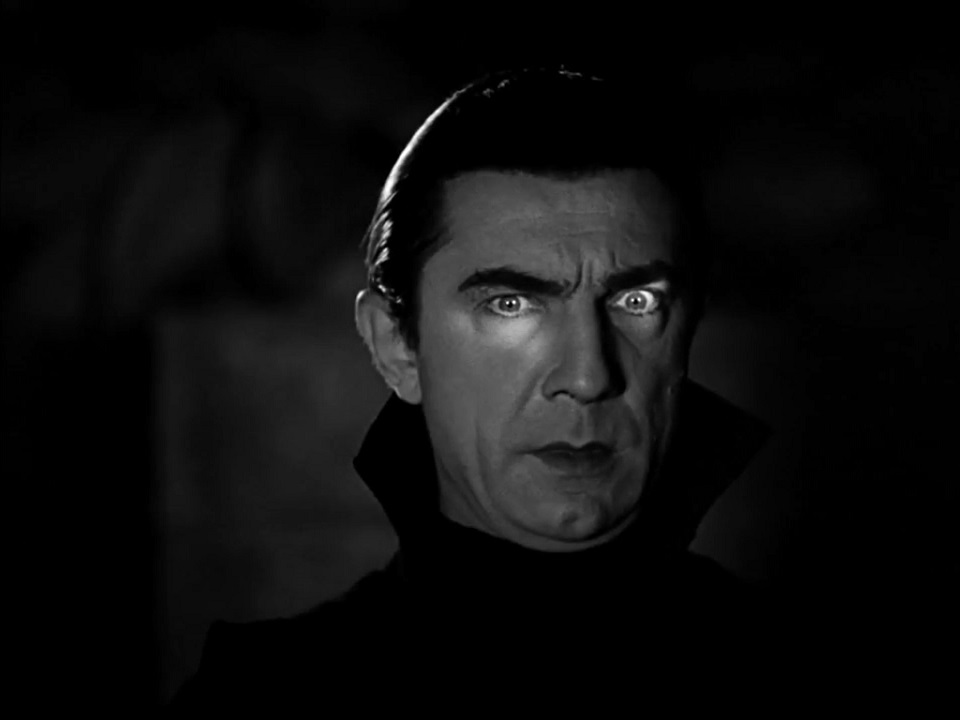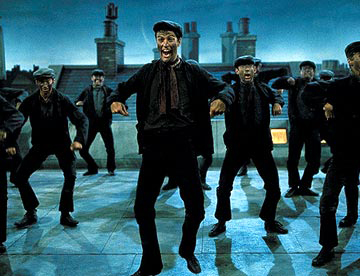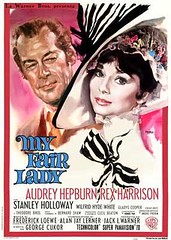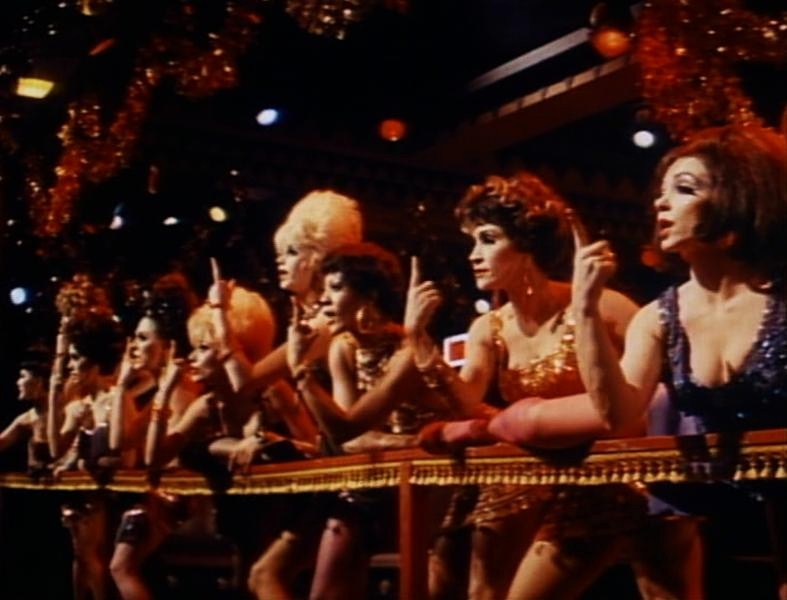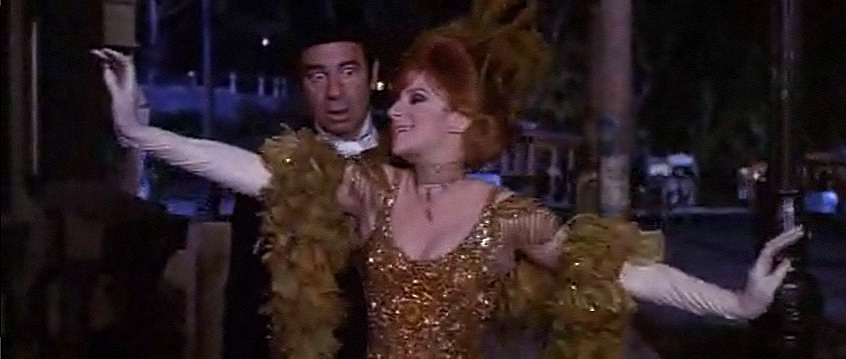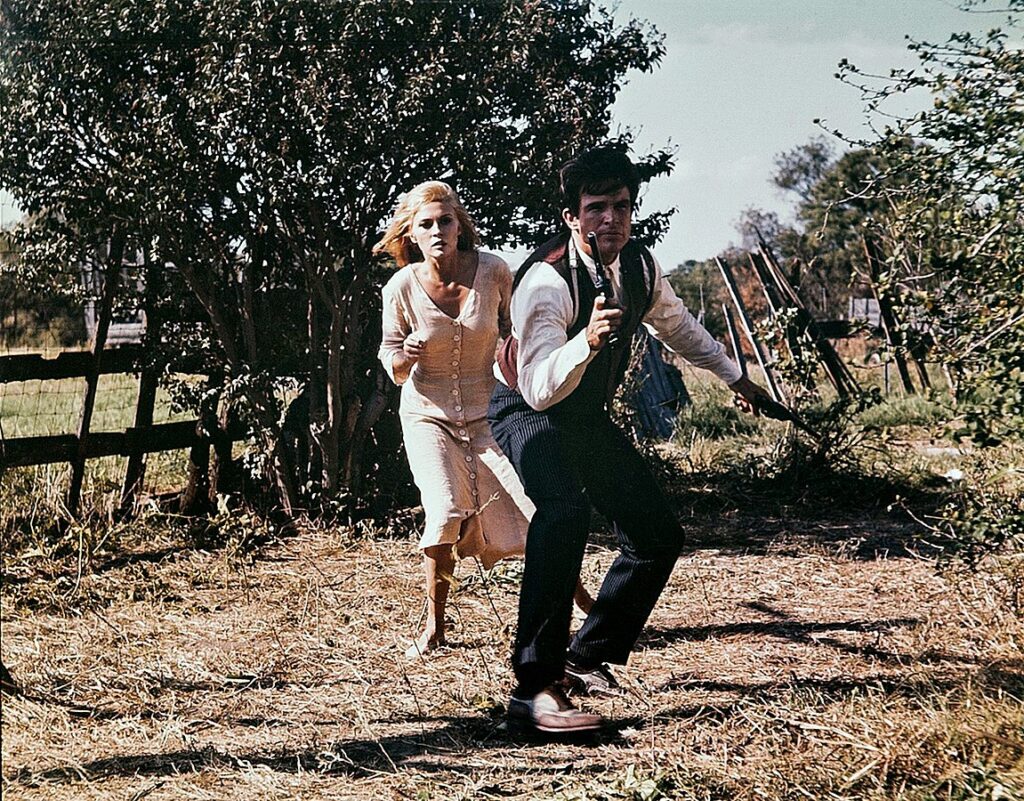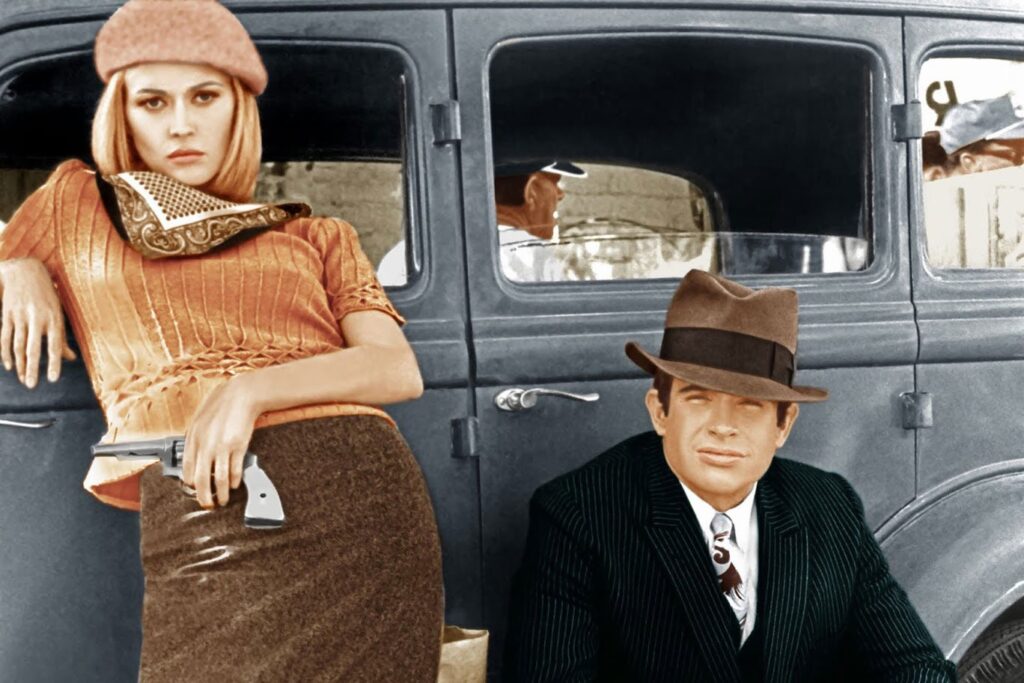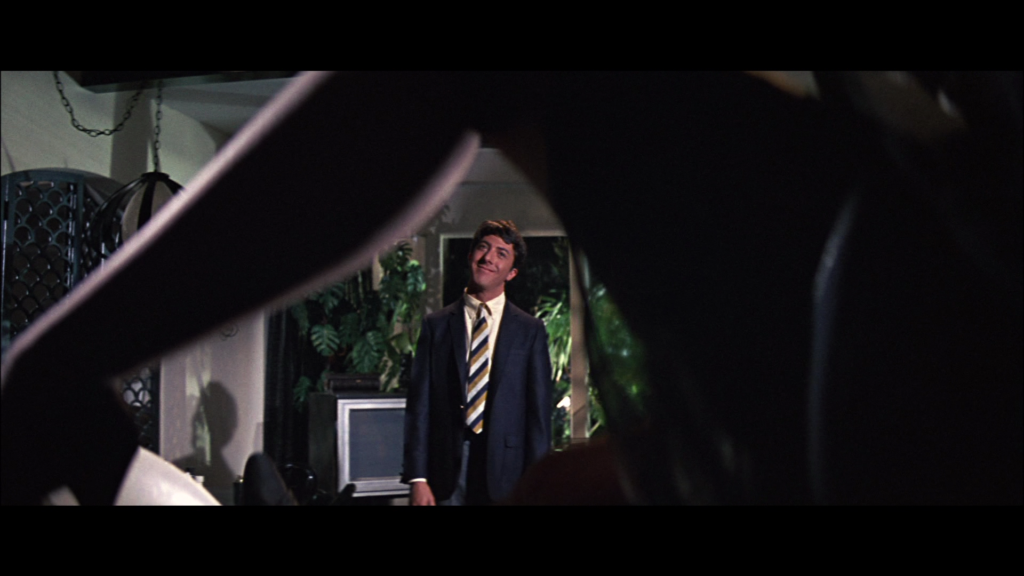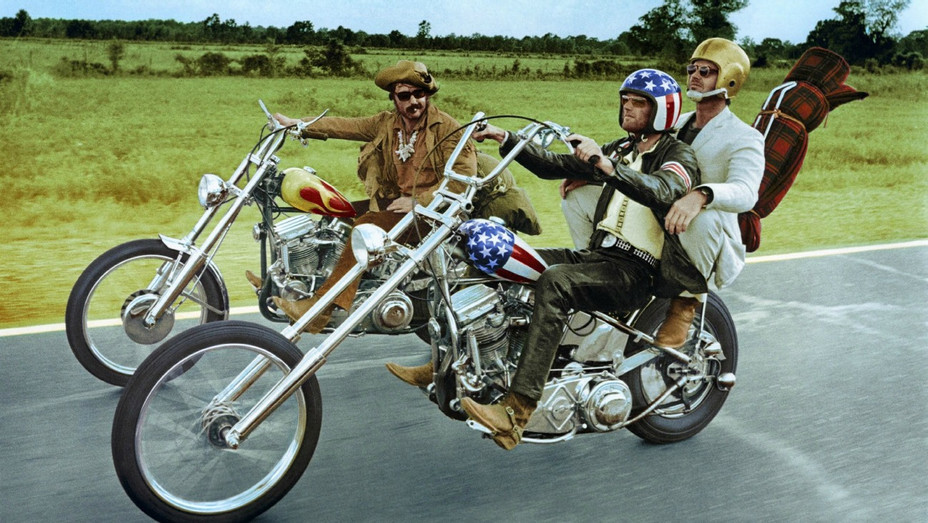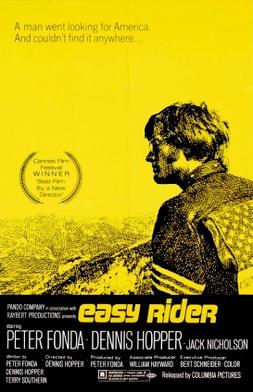It’s been called a lot of things. The New Hollywood, The Film School Generation, or simply as The 70’s. More recently, the 13 years between 1970 and 1983 have come to be known as The American New Wave. It was a period of much excitement, upheaval, and change that had the unintended after effect of creating the Box Office fever model that Hollywood operates under to the present day.
Most people understand that a small motorcycle road trip movie called Easy Rider (1969) was the match that set off the power keg. They have come to assume that this one movie somehow caused the entire industry to completely remake itself. But there was a very long chain of events which led to Easy Rider, all of which fed off the previous link and led to the near destruction of the film industry.
The One Thing Hollywood Always Does
What must be understood first is the fundamental way Hollywood has operated from its very beginning up through today: A new genre emerges, or a new take on an existing one is created. This new genre produces several box office successes in a very short period. Hollywood responds by saying, “Oh, that’s what they want” and everyone else jumps on the bandwagon.
The 30’s
The greatest period for this was at the dawn of the Sound Era. It only took one musical, The Broadway Melody (1929) to set off a firestorm of Musicals. During a four-month period in 1931, two Gangster pictures were released by Warner Brothers: Little Caesar and The Public Enemy. These two collectively made back more than three times their budgets—a tremendous accomplishment in 1931. Everyone jumped on the bandwagon and a new genre was born. Universal had their own story in 1931. A new take on the Horror genre called Gothic Horror. Dracula starring Bela Lugosi and Frankenstein starring Boris Karloff blew the Gangster returns out of the water. Frankenstein alone had cost only $262,000 to make and had box office returns totaling $12,000,000 ($186,000,000 today.)
The 50’s
Everyone knows the story of the 1950’s. Television had nearly destroyed the film business. New innovations like wide screen, stereophonic sound, 3D and a wider use of color helped draw audiences back, along with a spate of Biblical Epic’s like Ben Hur (1959.) Hollywood had managed to get it’s head above water by the early 60’s when another genre of sorts emerged which, ultimately, led to the almost total bankruptcy of the entire industry and, ultimately, the American New Wave.
Mega Musicals Save the Day (?)
During a seven-month period between August 1964 and March 1965, three great big, gigantic, expensive musicals were released: Mary Poppins in August, My Fair Lady in December, and The Sound of Music in March 1965.
Two of them (The Sound of Music and My Fair Lady) won Best Picture, while Mary Poppins was nominated. Most importantly (or fatefully) all three set box office records.
Mary Poppins earned 23 times its budget back. My Fair Lady (the most expensive one costing $142 million to make in today’s dollars) earned 4 times its budget, and The Sound of Music earned a whopping 34 times its budget back, becoming the highest grossing movie of all time until The Godfather in 1972.
The other thing to remember is that they were very expensive in the first place, making the success of the returns that much more astounding.
Hollywood proclaimed, “we’re saved!” All the studios jumped on the bandwagon and began producing these incredibly expensive Musical films. In the 60’s, it took two years to get a film into theaters from conception to completion. In the Spring of 1967, the studios started releasing them.
The Hollywood system had sown the seeds of its own destruction.
The Unfortunate Years of 1967-1969
Camelot, Doctor Doolittle, How to Succeed in Business without Really Trying, The Happiest Millionaire and Thoroughly Modern Millie were all critical and box office disasters. Most lost money and the few that were profitable came nowhere near the staggering success of the musicals in 1964. Hollywood, like any foolish gambler, doubled down. Each assumed that their film had missed, but another would succeed.
In 1966, assuming that musicals would be big money, another round of big musicals went into production. They wanted plenty of mega profitable product out there. Released in 1968, they fared almost as poorly. Only two, Oliver and Funny Girl were successful but they weren’t 1964 successful, with returns seven and four times their budgets. The remaining films were disastrous flops. One, Star, lost $10,000,000.
The town was now reeling. The studios, already teetering, braced themselves for, and were relying on 1969 to get them back in the black.
It did not go well.
There were just four: Hello Dolly, Goodbye, Mr. Chips, Paint Your Wagon and Sweet Charity. Rumored to be a flop during production, Hello Dolly lost $1,000,000. Sweet Charity, which was actually a good movie, lost $18,000,000. Paint Your Wagon turned a profit, but it was only one third of its budget.
Hollywood lay in ruins. Nearly bankrupt, the studios began to sell out to large corporations. Corporations that didn’t know a thing about making movies. Universal bought by MCA. Gulf Oil acquired Paramount, and Transamerica acquired United Artists. MGM and Warner Brothers were acquired by wealthy investors.

Vietnam and the Youth Market
So, what happened? Why had all these films either flopped or underperformed? What could have possibly changed the market so much after 1965?
Vietnam.
The youth market was the largest share of the audience. They weren’t interested in Musicals by 1967. More educated and engaged than ever before, the only thing that concerned the vast majority was opposition to the war in Vietnam. By the late 60’s the times had become quite serious. The country was being torn apart by strife, assassinations, and protest. The youth market wanted films that spoke to them. To their zeitgeist; what they were going through; films they could relate to personally. They wanted something new.
Precursors to the American New Wave
Bonnie and Clyde
Bonnie and Clyde was the first of a one-two-three punch that ultimately led to the American New Wave. This was new stuff. Graphic violence, gritty humor, editing techniques of the French New Wave, and the underlying theme of disaffected youth brought them to theaters in droves. This was a film they could identify with, and they got an even bigger one in The Graduate.
The Graduate
The Graduate dealt with fundamental issues the Boomer’s had about life and imposed expectations. Go to college, get married, get a job, get promotions, have kids, buy a house in the burbs, and most important of all don’t fall behind. In a world that was seemingly going straight to Hell, this generation was beginning to question everything, including the expectations imposed on them. In Benjamin Braddock, played by Dustin Hoffman, the Boomer’s found someone who was also starting to question everything. More importantly, he was doing something about it. Ben comes home from college and feels that everything is fake. That people are going through life like robots. A seminal moment comes when Ben’s father asks him what was all that hard work in college for? Ben responds, “You got me.” The film made a profit of $102,000,000 from a three-million-dollar budget.
Easy Rider
Finally, we get to Easy Rider. Directed by Dennis Hopper and produced by Peter Fonda, Easy Rider was the total embodiment of the Counterculture generation.
Everyone in this movie had done what we only assume Benjamin Braddock did: they threw away everything life had expected of them and followed their own paths. After meeting Captain America (Fonda) and Billy (Hopper), Jack Nicholson’s character, a lawyer, throws it away on the screen. Another seminal moment. This film truly spoke to the Baby Boom generation and they came in droves to watch it.
From a budget of only $360,000, Easy Rider went on to gross a staggering 166 times it’s budget. Suddenly, Hollywood started paying attention. The American New Wave would soon be born.
The Corporations Figure It Out
Having inherited the studios through buyouts, the corporations had to figure out what to do with the shambles left behind in the wake of disaster after disaster. Clearly, what the studios had been doing wasn’t working. Then along came Bonnie and Clyde, The Graduate and Easy Rider. It wouldn’t have been enough to make things happen if it had only been Easy Rider. There wouldn’t have been enough inspiration or motivation for them to make that decision. It was the combination of long standing Hollywood mindset, a very risky mass investment in large budget musicals that all crashed and burned, and that one-two-three punch ending with Easy Rider. Now they had to do something or everything would be lost.
Corporations always notice money so when those the three big Youth market films performed as they did, they had an epiphany. “Well, there’s these three films that did well. All made by new directors and had very small budgets that performed astronomically. All of them were on the very cutting edge of film technique and had mass appeal to the market. A market now overwhelmingly driven by youth” said the studios in their meetings to decide how to save the industry. “What if we did that? What have we got to lose?” “They’re so cheap to make.”
The American New Wave is Born
So, they went all in and unleashed the greatest and longest period of creative quality there ever had been. Smaller budget films made by emerging directors out of film schools. Smaller time established Director’s who were circumstantially coming into their creative prime. People like Spielberg, Scorsese, Coppola, de Palma, Altman and Lumet. Through their enormous successes they unwittingly changed the entire mindset of how the Hollywood system worked. The box office driven results model that the industry still operates under to the present day. The American New Wave lasted for 13 years, churning out hit after hit and classic after classic, all too many to list here. It culminated in 1984, which produced the greatest banner year since 1939. A lot of quality, high performing films all coming out in just one calendar year.
And to think, it all got inauspiciously started by three innocent, big budget, big hit musicals, a string of flops, new technique and content films which struck a nerve, and finally set off by Easy Rider.

